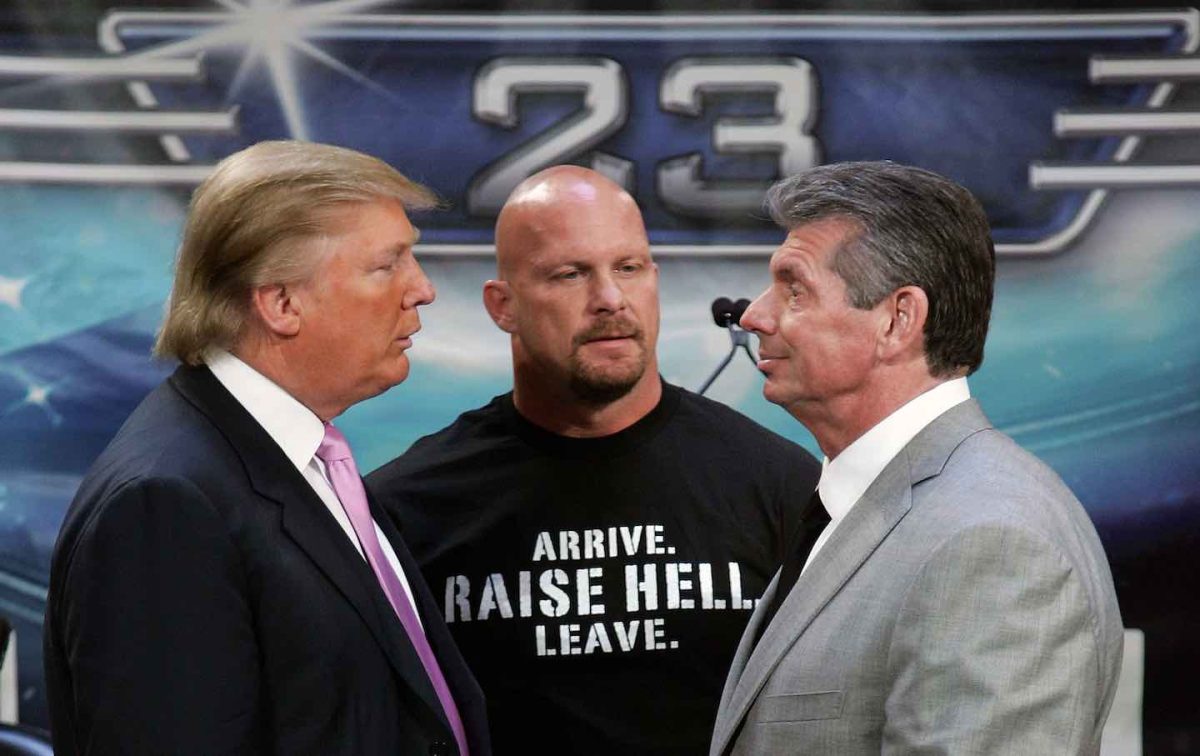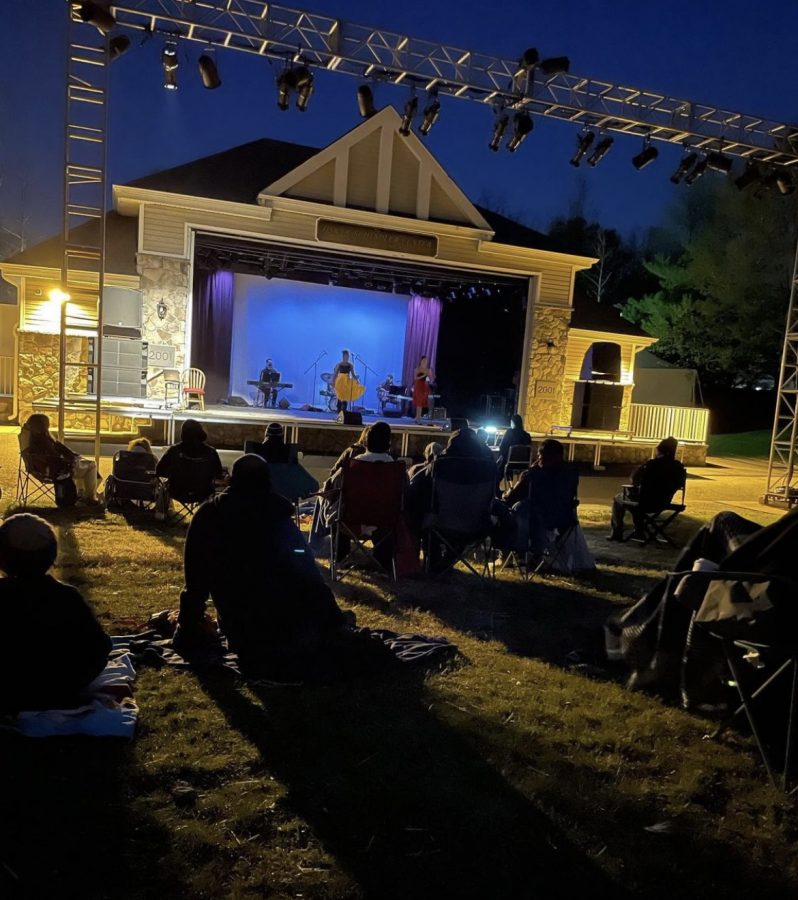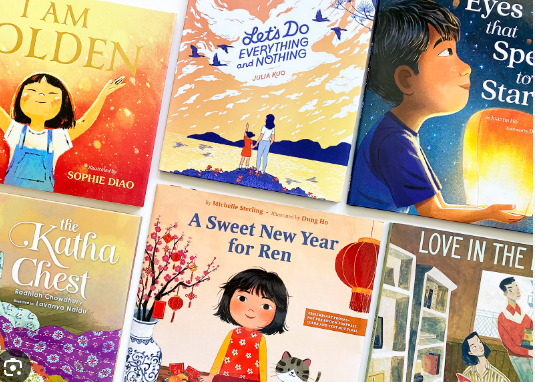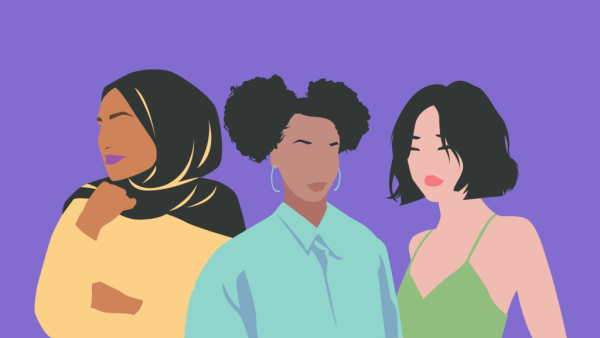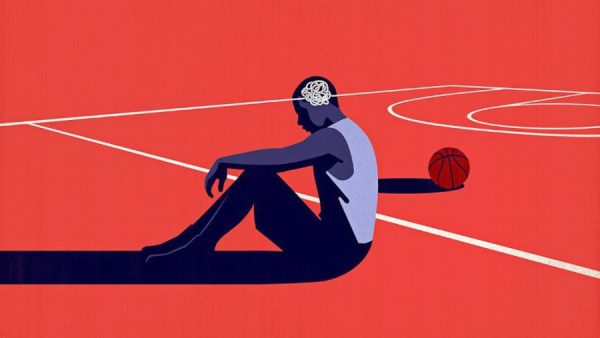How TikTok Has Become a Toxic Environment

It is no secret that TikTok is a global sensation that has become an essential part of most teenagers’ daily routines. As the world came to a halt and we were stuck at home for months on end, the social media platform quickly became a vital source for hilarious content, inspiration, learning new hacks or skills; the list goes on and on.
If you aren’t familiar with TikTok, it is a video-sharing platform and is the fastest growing social media app, with about 800 million active users (Datareportal, 2020). Though you can follow other creators, you primarily scroll through what is known as the “For You Page.” Unlike other apps like Instagram and Twitter, where your feed refreshes, the For You Page has what feels like infinite videos from all over the world based on what you like. This never-ending supply of videos makes TikTok extremely addicting, as two minutes on the app can quickly turn into two hours with the swipe of your finger.
Because what you see on your For You Page is derived from the content you like, it creates different “sides” or groups of users that all have similar interests. One of the biggest trends on TikTok this year is the rivalry between two major sides of the app: “Alt TikTok” and “Straight TikTok.” Alt TikTok consists of chaotic Gen Z humor and is a place where unconventionality and creativity are encouraged. Straight TikTok, on the other hand, is more mainstream and includes viral dancing, lip-syncing, and members of collab houses like the Hype House and the Sway House.
The problem with these sides is that people take it way too seriously and attack those who aren’t on their side. Though members of Alt TikTok claim that the type of people on Straight TikTok bullied them in middle school for wearing certain clothes or having a quirky sense of humor, they retaliate by aggressively bashing them. This creates an immature and unnecessary cycle of bullying. People become obsessed with trying to fit the Alt TikTok image in order to avoid criticism, all while putting down others who are considered “basic.” They think that they have the right to tell others how to look, how to believe, and what jokes to make. At the end of the day, people should mind their business and let others have fun and be themselves.
TikTok is also problematic when it comes to body image. For example, there was a trend where girls made videos asking their followers what they could do to make themselves look prettier, basically saying that they were not pretty enough the way they are. In an environment that was meant to embrace nonconformity, girls are told that they must be a specific size or wear their hair in a middle part in order to look nice and fit TikTok’s bleak standards. Users are left questioning how they look when, in reality, they should not change themselves based on beauty standards stated by others on the app.
While TikTok is excellent for finding out new information, having a good laugh, or seeing relatable content, it is also a place where its users are torn down by miserable people hiding behind a screen. In a matter of seconds, it can take you from feeling at ease to insecure because of a troubling 15-second video. Though the app has its benefits, it is crucial to take a break from it once in a while to take a look at the real world. Creators need to do a better job of spreading positivity and promoting healthy habits and self-talk instead of engaging in toxic trends.








































